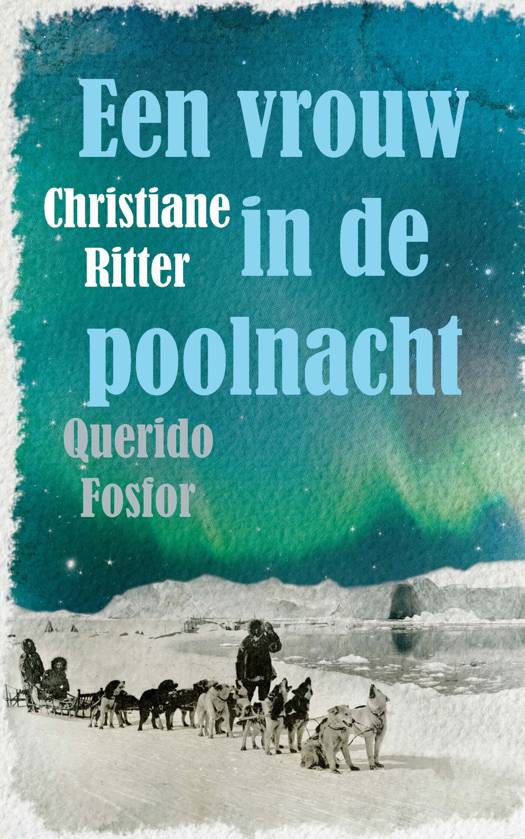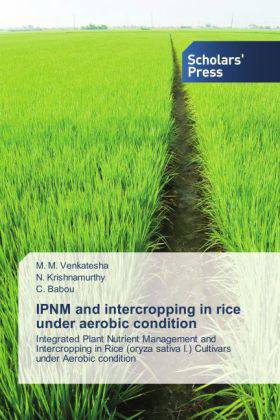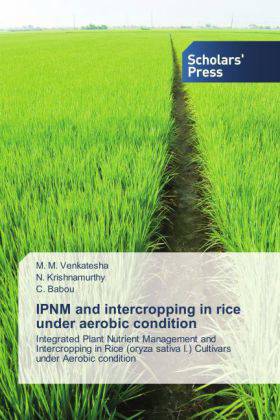
- Afhalen na 1 uur in een winkel met voorraad
- Gratis thuislevering in België vanaf € 30
- Ruim aanbod met 7 miljoen producten
- Afhalen na 1 uur in een winkel met voorraad
- Gratis thuislevering in België vanaf € 30
- Ruim aanbod met 7 miljoen producten
Zoeken
IPNM and intercropping in rice under aerobic condition
M M Venkatesha, N Krishnamurthy, C Babou
Paperback | Engels
€ 98,45
+ 196 punten
Omschrijving
Rice serves as a major source of calories for about 60 per cent of the world population. Globally, it occupies an area of 147 mha with production of 525 mt. Rice consumes around 5000 liters of water to produce one kg of grain, which is three times higher than other cereals. Water is becoming increasingly scarce and most of the Asian nations including India are expected to face serious water scarcity in the next 10-15 years, thus threatening the sustainability of irrigated rice production. Hence, alternate ways of growing rice using minimum water must be explored to safeguard the food security and to preserve precious water resource. Integrated Plant Nutrient Management (IPNM) and aerobic rice production is one such alternate method, which is known to use less water than that of low land rice. IPNM is the adoption of technically appropriate and managerial efficient in achieving the objectives of judiciously utilizing all the major sources of plant nutrients in an integrated manner so as to attain optimum economic yield from a specific cropping system.
Specificaties
Betrokkenen
- Auteur(s):
- Uitgeverij:
Inhoud
- Aantal bladzijden:
- 324
- Taal:
- Engels
Eigenschappen
- Productcode (EAN):
- 9783639700411
- Verschijningsdatum:
- 3/03/2014
- Uitvoering:
- Paperback
- Formaat:
- Trade paperback (VS)
- Afmetingen:
- 152 mm x 229 mm
- Gewicht:
- 476 g

Alleen bij Standaard Boekhandel
+ 196 punten op je klantenkaart van Standaard Boekhandel
Beoordelingen
We publiceren alleen reviews die voldoen aan de voorwaarden voor reviews. Bekijk onze voorwaarden voor reviews.











